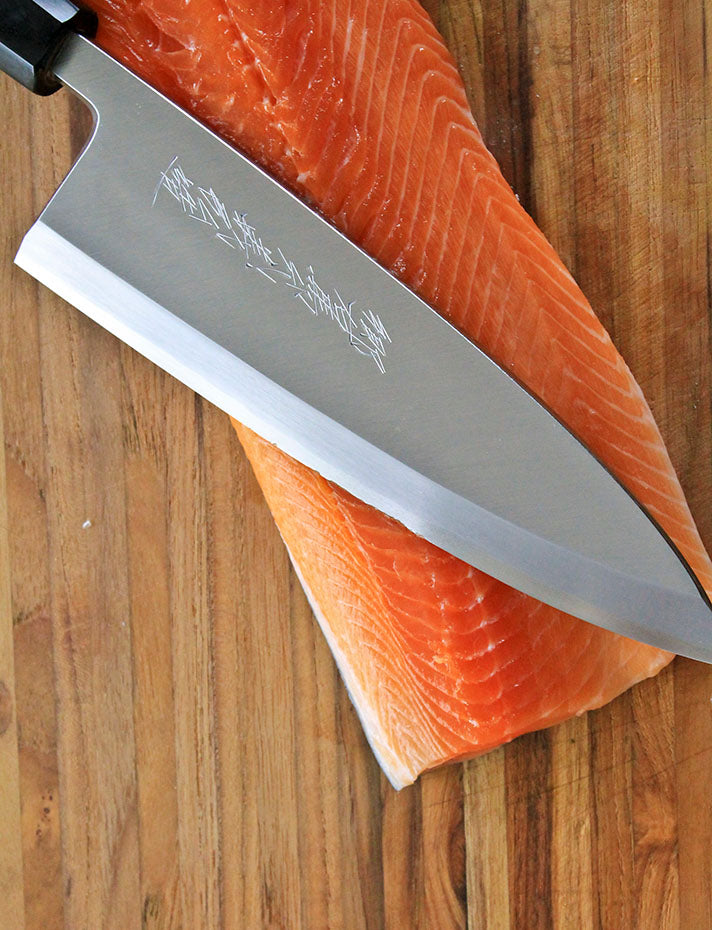
Shop Cutlery
Chef Curated Artisan Knives
Kitchen Knife Buyer's Guide
Our guided process will help you navigate the world of kitchen knives and choose the best tools for your culinary needs.
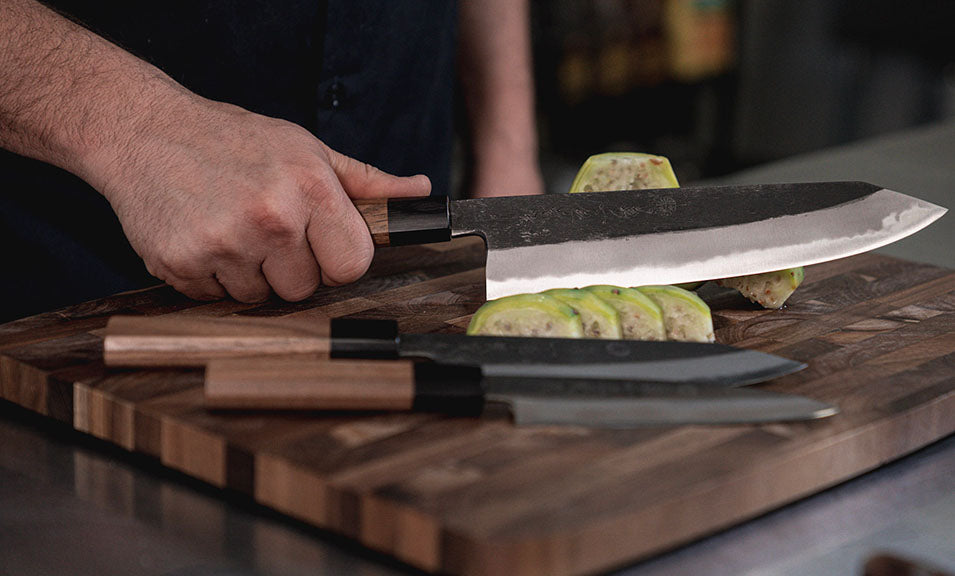
Stay Sharp!
Keep your favorite kitchen tools at their peak performance with our sharpening services and products.
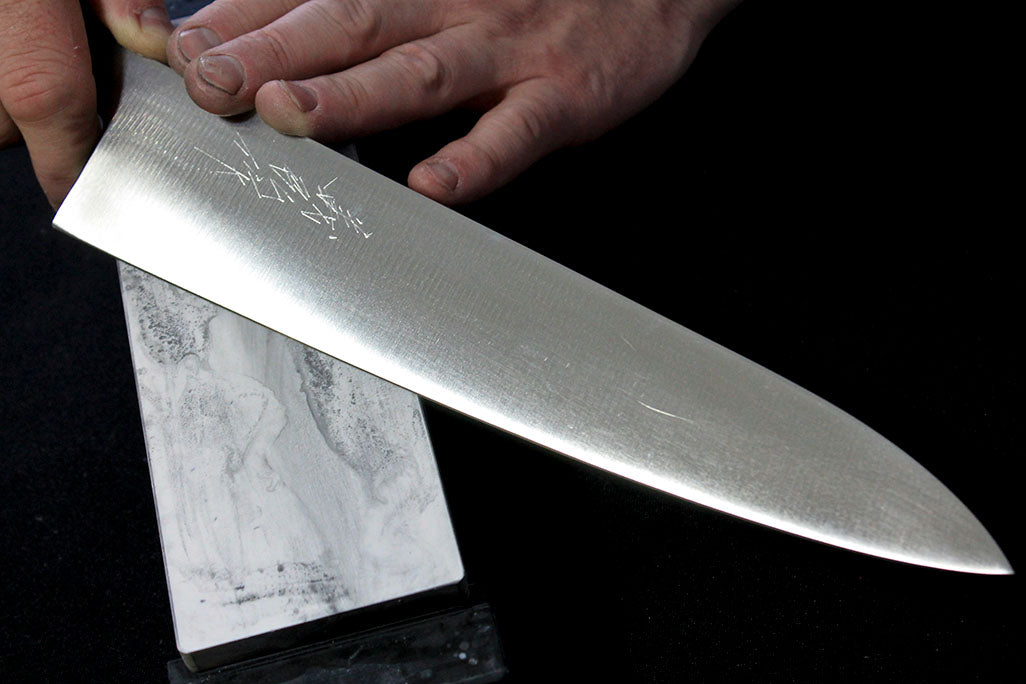
Gifts To Cherish For Generations
Gift a slice of excellence to the culinary explorer or aspiring chef in your life with a top-tier knife or kitchen tool, expertly crafted to enhance their kitchen adventures.
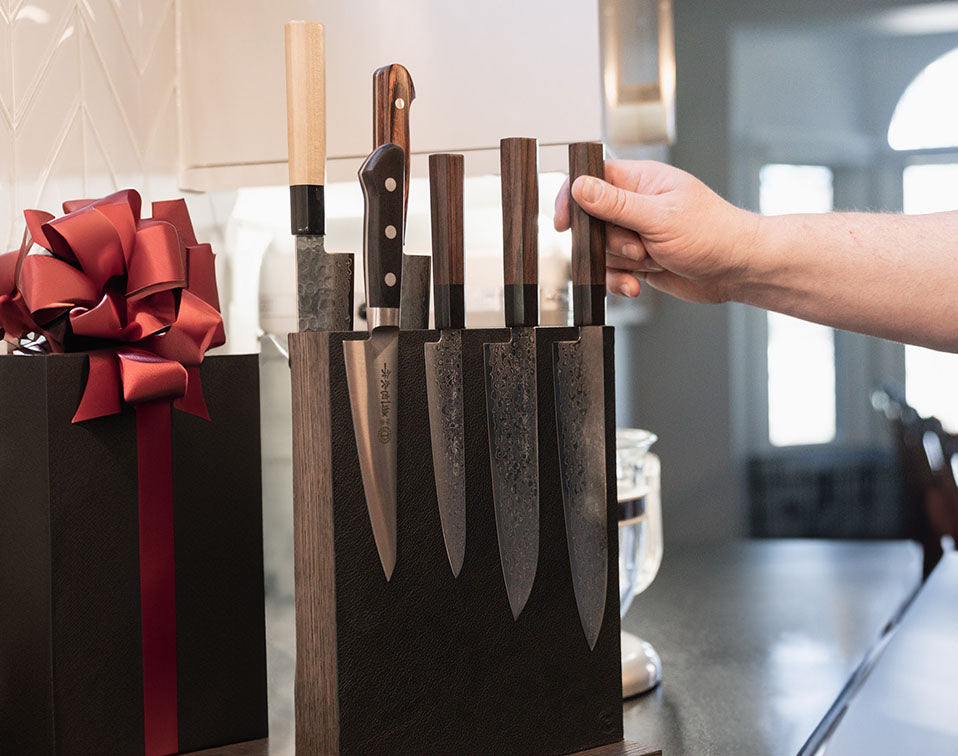

All About Knives
Learning Center
About Element Knife Company
CLICK HERE to learn more about our story and how Chef Elan found his way to curating the best cutlery in the world.
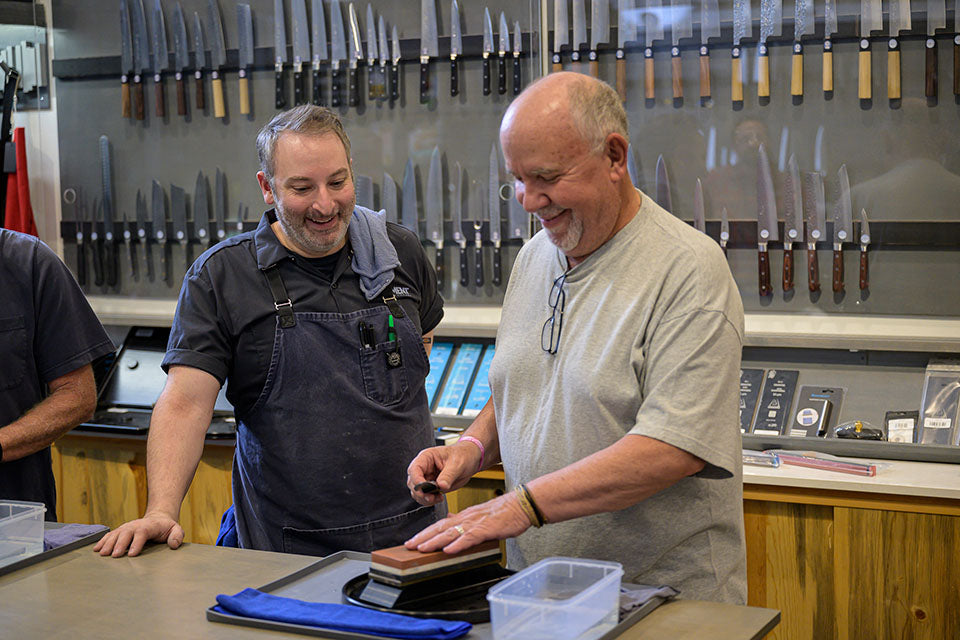

A Brief History of German Knife Making: From Ancient Origins to Solingen, Germany - The Knife Capital
German knife making has a rich and storied history that spans centuries, dating back to ancient times when simple cutting tools were first crafted from stone. Over time, these rudimentary tools evolved into sophisticated and world-renowned kitchen knives. Among various regions in Germany, Solingen stands out as the knife capital, boasting a legacy of exceptional craftsmanship and innovation. In this blog, we will explore the fascinating journey of German knife making, its relevance in Germany's history, the rise of Solingen as a prominent knife-making hub, and a comparison between German and Japanese kitchen knives. We will also delve into some of the top German kitchen knife brands, highlighting the best knives "Made in Germany."

The Early Origins of German Knife Making
The history of German knife making can be traced back to prehistoric times, where the first cutting tools were fashioned from flint, bone, and obsidian. These early tools primarily served utilitarian purposes, such as hunting, food preparation, and self-defense. As metalworking techniques emerged during the Bronze Age, knives started being crafted from bronze, copper, and later iron.
The evolution of German knives continued through various periods, including the Middle Ages, where they played a significant role in both domestic and military settings. During this time, blacksmiths honed their skills, and bladesmithing became a respected craft.
German Kitchen Knives: Rising Relevance
As societies progressed, kitchen knives gained prominence in German households, and their utility in culinary pursuits became evident. By the 19th century, German knife makers had mastered the art of producing high-quality kitchen knives, renowned for their durability and sharpness.
One notable milestone in German knife-making history was the establishment of Wusthof, a family-owned business founded in 1814 in Solingen. Wusthof quickly gained a reputation for crafting some of the finest German kitchen knives, and their legacy continues to this day.
Solingen: The Knife Capital of Germany
Solingen, a picturesque city in North Rhine-Westphalia, Germany, earned the title of "The City of Blades" or "The Knife Capital" due to its unrivaled contribution to the world of cutlery. The city's history of blade production dates back to the 14th century when swordsmiths and cutlers first settled in the region.

The success of Solingen's knife-making industry can be attributed to several factors. Firstly, the region is rich in natural resources like iron ore and coal, which were crucial for traditional forging techniques. Additionally, the River Wupper provided an abundant water supply necessary for the tempering process.
Over time, Solingen became a hub for cutlery manufacturing, attracting skilled craftsmen and fostering a culture of innovation. Today, the city is home to numerous knife manufacturers, both old and new, each contributing to Solingen's legacy as a center of excellence in the world of knives.
German Kitchen Knives vs. Japanese Knives: A Comparison
The comparison between German and Japanese kitchen knives is a subject of much debate among chefs and knife enthusiasts. Each style has its unique characteristics and advantages.

German kitchen knives, like those crafted by Messermeister and other prominent brands, are renowned for their robustness and durability. They typically have a thicker blade with a more substantial bolster, which provides balance and aids in heavy-duty tasks like chopping through bones. The blades are usually made from high-carbon stainless steel, ensuring excellent edge retention and ease of maintenance.

On the other hand, Japanese kitchen knives are often lighter, sharper, and feature thinner blades. They are usually made from harder steel, allowing for a razor-sharp edge that excels at precision slicing and intricate cuts. Japanese knives often have a single bevel edge, while many German knives have double bevels.
The choice between German and Japanese knives ultimately depends on personal preference, cutting style, and the specific tasks at hand.

Drawing it all together
The history of German knife making is a captivating journey that began with rudimentary cutting tools and evolved into the world-class kitchen knives we know today. From ancient origins to Solingen's rise as the knife capital of Germany, the country's cutlery industry has left an indelible mark on the culinary world.
German kitchen knives, such as those offered by Messermeister and other esteemed brands, continue to be cherished by chefs and cooking enthusiasts worldwide. The comparison between German and Japanese knives adds further depth to the culinary discourse, each style excelling in its unique way.
As we celebrate the legacy of German knife making and the craftsmanship of brands that have withstood the test of time, we also embrace the new generation of knife makers, ensuring that the tradition of excellence continues to thrive in the years to come. Whether it's the robustness of German knives or the precision of Japanese knives, the world of cutlery offers something for every culinary artist seeking to create culinary masterpieces with the finest tools at hand.
- Choosing a selection results in a full page refresh.
Quick links
Learn
Blogs
Cut Deeper
We have even more to offer: follow us on Twitter, Facebook and Instagram to keep up with all of the latest news and to take advantage of discount codes and other offers. Thank you for visiting our site and we look forward to connecting with you!
Sign up to get the latest on sales, new releases and more!
!


































